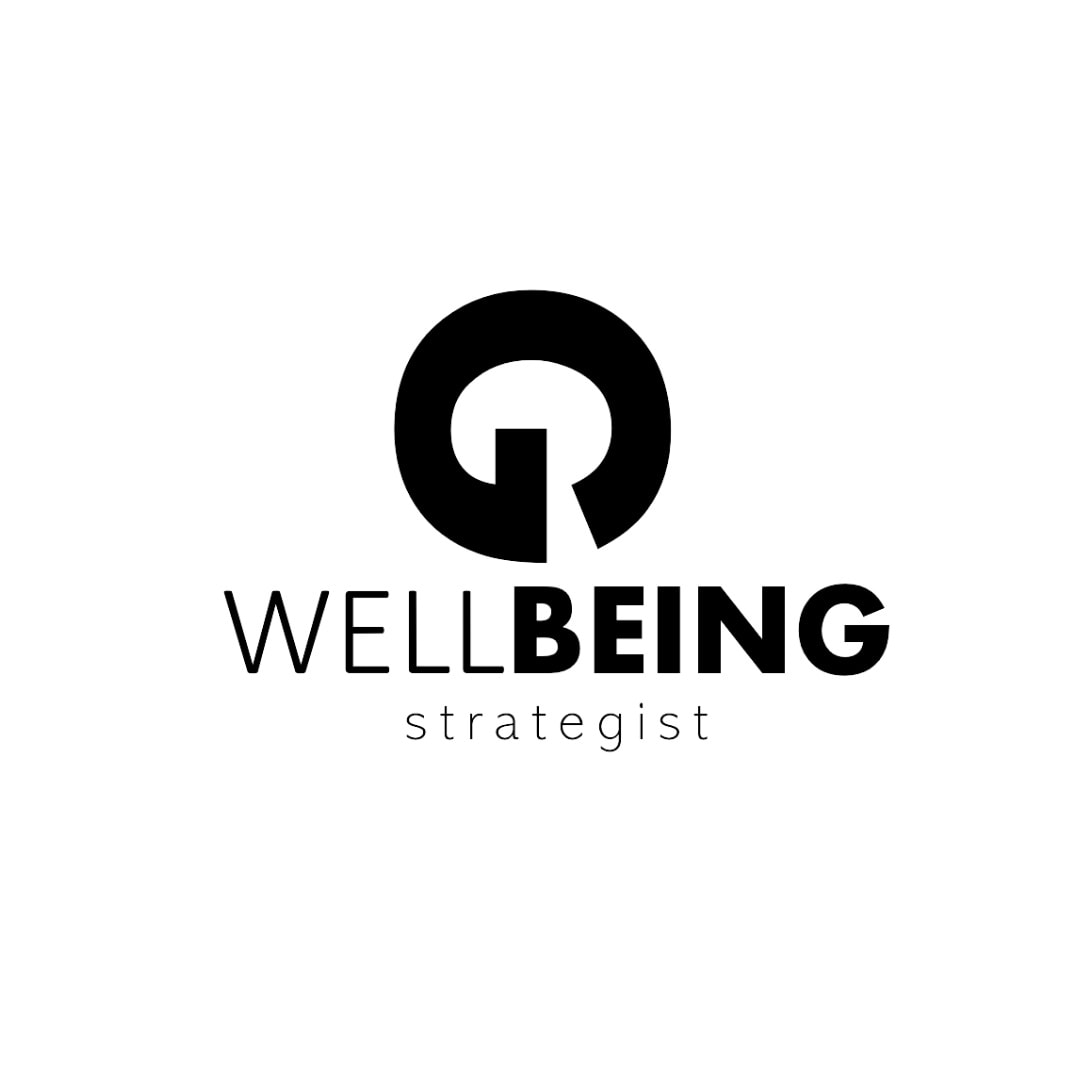In today’s fast-paced business environment, the well-being of top executives is crucial for the sustained success and growth of any organization. As we look toward 2024, the conversation around preventing executive burnout has never been more vital. The high-stakes nature of the C‑suite, where strategic decisions impact not only the operational outcomes but also the lives of employees, highlights the importance of maintaining leadership wellness. This article aims to shed light on the intricacies of executive burnout, identify strategies for prevention, and offer a roadmap for recovery and sustained well-being in leadership roles.
Understanding Executive Burnout: Signs and Symptoms
What Defines Executive Burnout?
Burnout is often characterized by a state of chronic stress and exhaustion that leads to a lack of interest and diminished performance in one’s job. For executives, burnout can manifest as a feeling of being overwhelmed by responsibilities, a perception that even after giving their best efforts, the outcomes are never satisfactory. This particular form of burnout, often referred to as executive or leadership burnout, is a significant risk in the high-pressure environments typical of the C‑suite.
Early Warning Signs of Leadership Burnout
The early warning signs of leadership burnout include chronic fatigue, irritability, insomnia, and a noticeable drop in productivity. Executives might start feeling detached from their roles, exhibiting symptoms of cynicism towards their work-related achievements. It’s crucial to recognize these symptoms early to prevent burnout from escalating into a more serious issue.
Why Executives are Prone to Experience Burnout
Executives are particularly vulnerable to burnout due to the immense responsibility and pressure they shoulder. The expectation to always lead with excellence, make perfect decisions in uncertain conditions, and manage the well-being of their teams, all while navigating their personal lives, creates an almost constant state of stress. This relentless pressure, especially in post-pandemic times, is a potent recipe for burnout among executives.
Strategies to Prevent Burnout Among Executives
Implementing Work-Life Balance for the C‑Suite
Achieving work-life balance is paramount in preventing executive burnout. Encouraging executives to set firm boundaries between their professional and personal lives, and respecting these limits, is crucial. Whether it’s scheduling regular unplugged time with family or prioritizing self-care routines, these practices can significantly diminish the risk of burnout.
Essential Time Management Practices for Executives
Time management is another critical tool in preventing executive burnout. By prioritizing tasks, delegating responsibilities effectively, and acknowledging the power of saying no, executives can avoid feeling overwhelmed and reduce stress. Learning to separate urgent tasks from those that are important but not urgent can help in maintaining a balanced approach to work.
Building Support Systems within Organizations
Developing a strong support system within the organization can drastically reduce the feeling of isolation that often accompanies executive roles. This network can include mentors, peers, and professional counselors. A company culture that promotes open dialogue about challenges and stresses, without the fear of stigma, can be instrumental in preventing executive burnout.
How to Spot Burnout in CEOs and Other Top Executives
The Subtle Signs of CEO Burnout
CEO burnout can be more challenging to identify due to these leaders’ tendency to maintain a composed exterior. Subtle signs may include a decrease in engagement with the team, a shift from a collaborative to a more authoritative leadership style, or an aversion to taking risks, indicating a lack of confidence stemming from exhaustion.
Conducting Regular Well-being Assessments for Executives
Regular well-being assessments can be a critical preemptive step in identifying burnout. These assessments should be designed to gauge an executive’s overall well-being, including their physical, mental, and emotional health. Utilizing these tools regularly can help identify burnout symptoms early on, paving the way for timely intervention.
Creating a Culture of Openness About Mental Health
Creating an organizational culture that openly discusses mental health issues can significantly reduce the stigma associated with burnout. By normalizing conversations about mental health, executives are more likely to seek help early when experiencing burnout symptoms, leading to more effective management and recovery processes.
Recovery From Executive Burnout: Steps and Success Stories
Real-life Success Stories of Overcoming Executive Burnout
Many executives have navigated the challenging path from burnout to recovery successfully. These stories often share common themes: acknowledging the problem, seeking professional help, making lifestyle changes, and sometimes, making difficult decisions about their work life. These narratives provide not only inspiration but also practical insights into the steps necessary for recovery.
Key Steps to Take Immediately After Recognizing Burnout
Upon recognizing the signs of burnout, the first step should be to seek professional help. Consulting with a mental health professional can offer guidance tailored to the individual’s specific circumstances. Additionally, taking immediate actions such as delegating tasks, setting better work-life boundaries, and prioritizing self-care are crucial steps towards recovery.
Long-term Adjustments for Sustained Recovery
Recovery from executive burnout often requires long-term adjustments. Incorporating regular physical activity, mindfulness practices, and ongoing support from mental health professionals can form the foundation of a healthier approach to work and life. Furthermore, these adjustments can lead to more sustainable work habits and a more fulfilling personal life, preventing the recurrence of burnout.
Maintaining Success Without Sacrificing Well-being: Strategies for the Future
Integrating Preventative Measures into Daily Routines
Integrating preventative measures into daily routines is crucial for maintaining both success and well-being. This includes regular self-reflection, continued learning on managing stress, and adopting healthy lifestyle choices. By making these practices a non-negotiable part of their daily routine, executives can better manage the demands of their roles while maintaining their health and happiness.
How Technology Can Aid in Preventing Executive Burnout
Technology can play a significant role in preventing executive burnout. Tools that streamline workflow, enhance communication, and enable efficient time management can reduce the stress associated with task overload. Additionally, apps that focus on mental health and wellness can provide executives with resources to manage stress better and prevent burnout.
Fostering an Organizational Culture that Values Mental Health
Lastly, fostering an organizational culture that places a high value on mental health is fundamental. This culture encourages regular check-ins on well-being, supports taking mental health days, and promotes the use of mental health resources. Such an environment not only aids in preventing executive burnout but also contributes to a more engaged, productive, and resilient leadership team.
In conclusion, preventing executive burnout requires a multifaceted approach involving individual responsibility and organizational support. As we move into 2024, the insights and strategies discussed here aim to guide executives and organizations towards a future where success does not come at the expense of well-being. By prioritizing mental health, adopting effective management strategies, and fostering a supportive culture, we can mitigate the risks of burnout and pave the way for a healthier, more sustainable leadership model.








